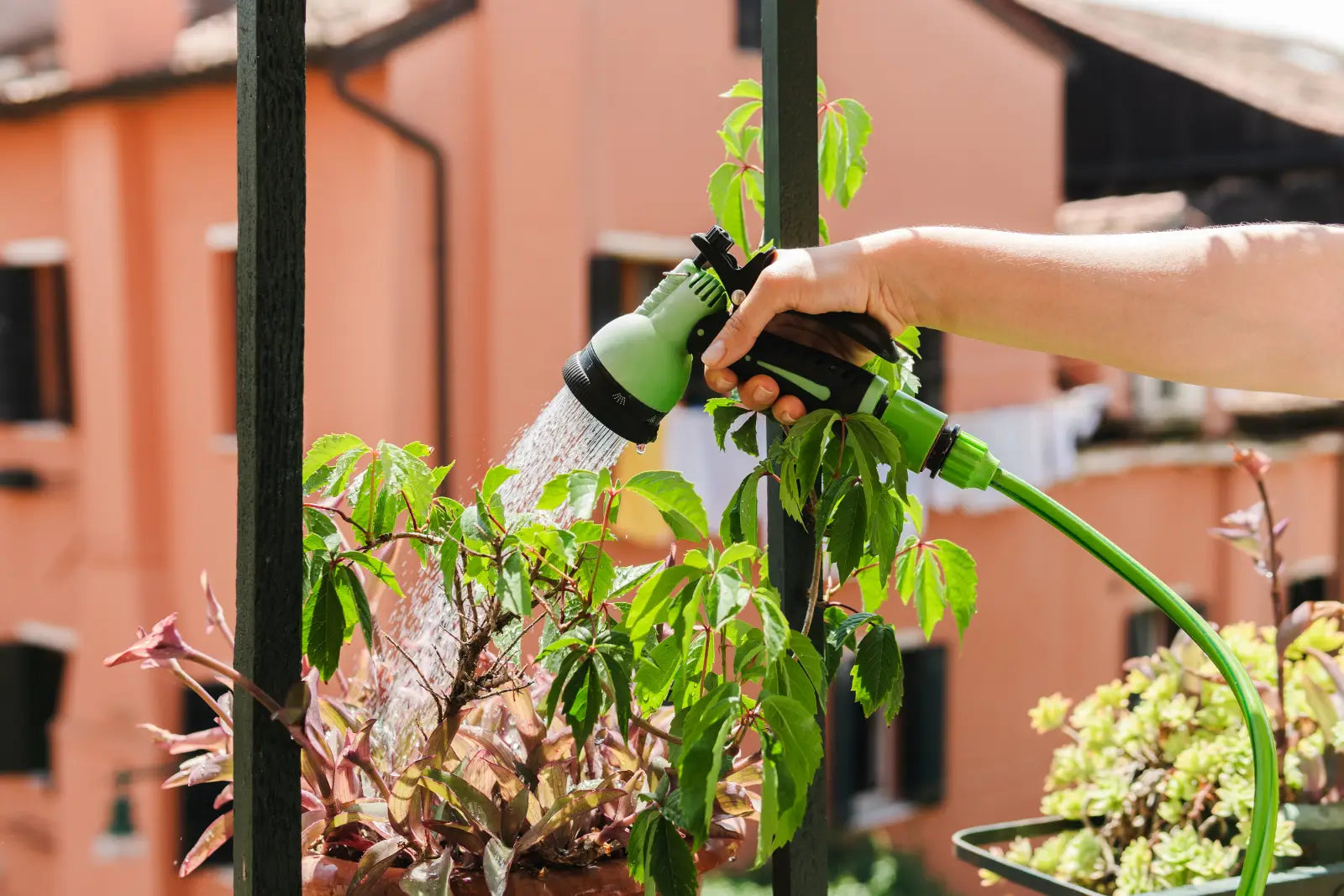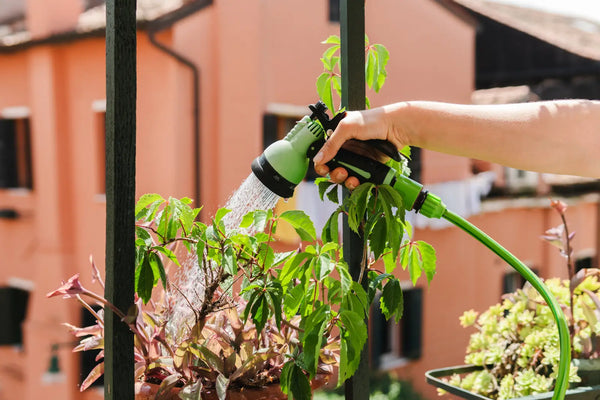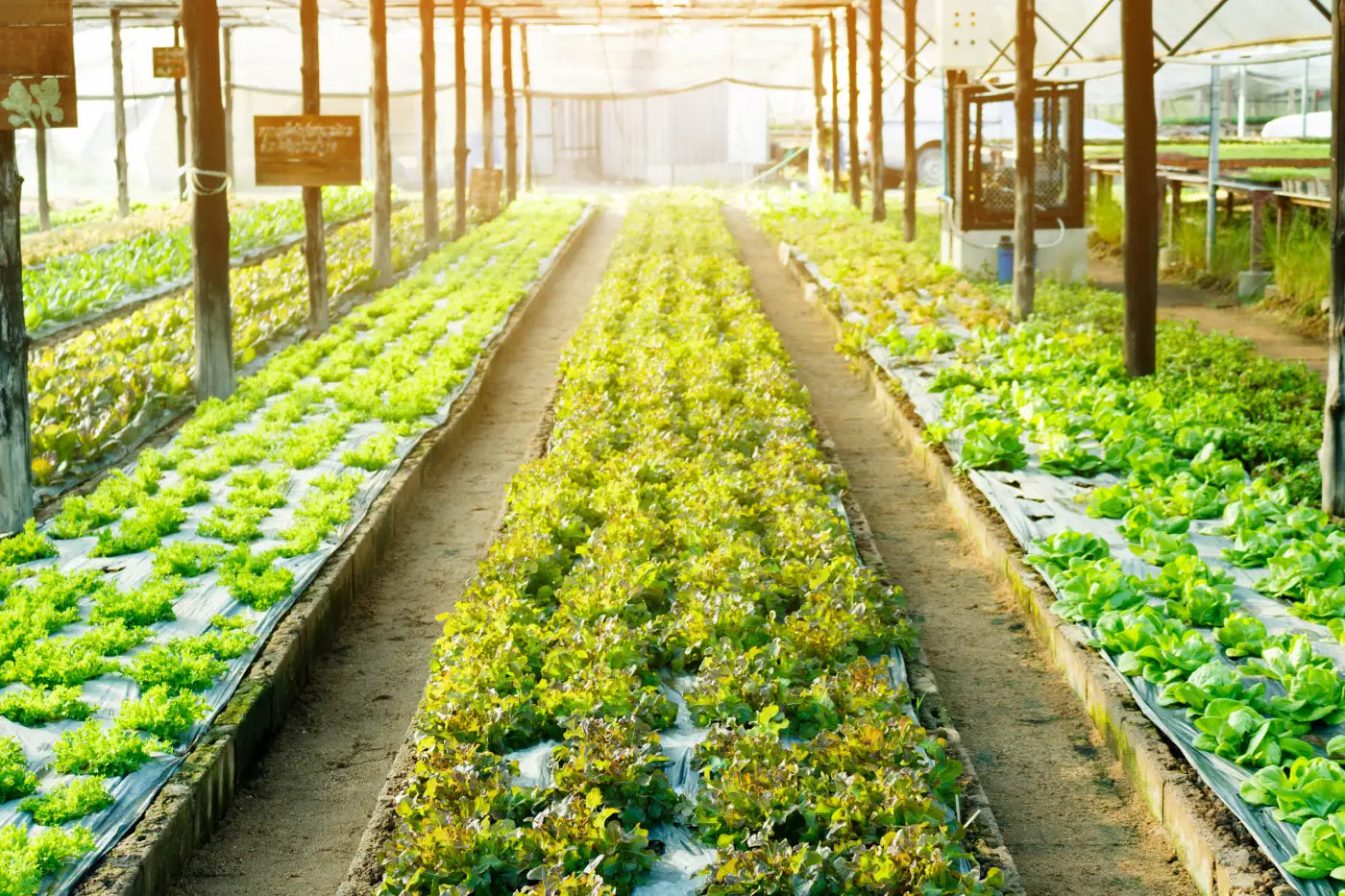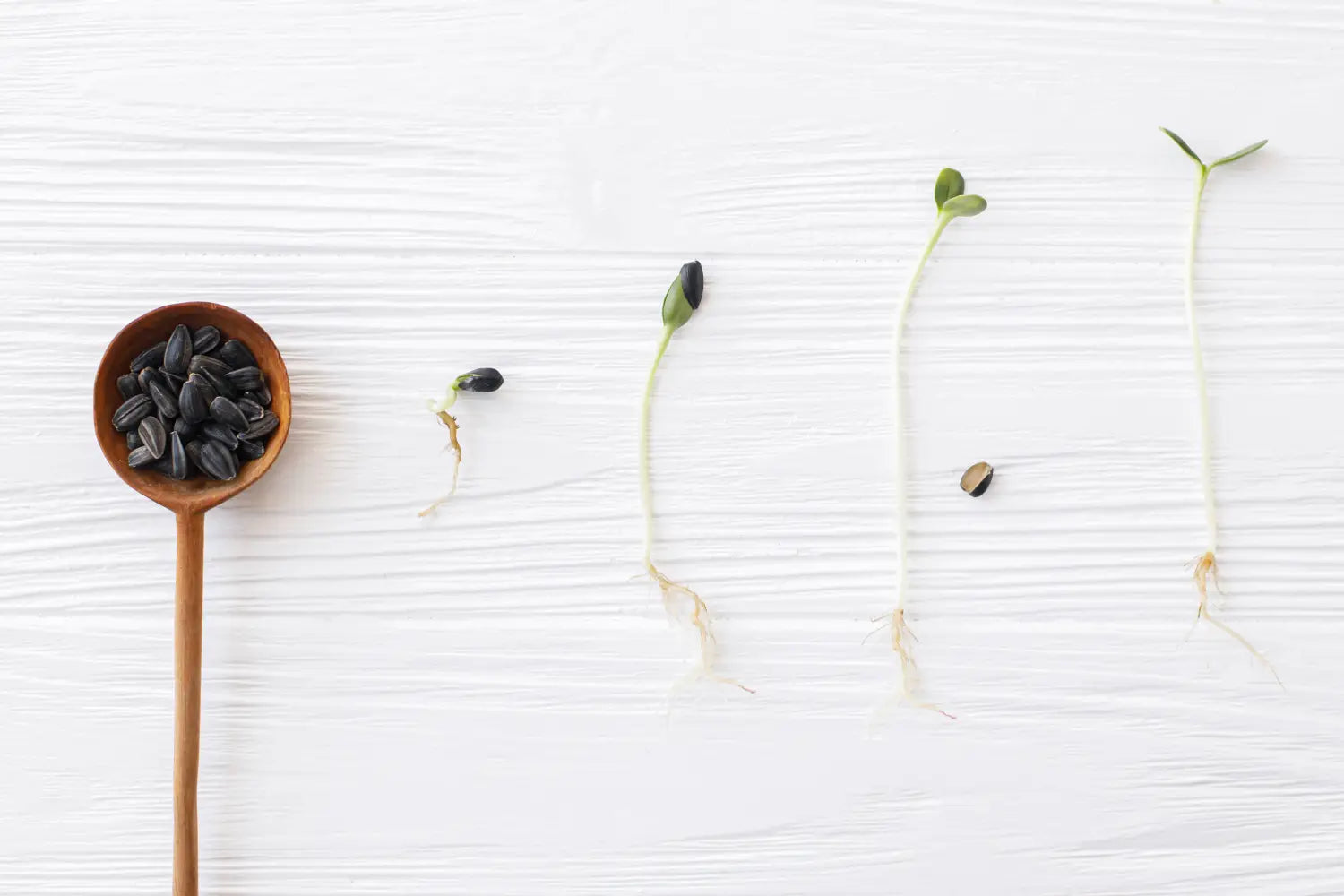
The Science of Hydroponics: Growing Plants with Water
Hydroponics is a method of growing plants without soil, where the plants instead receive all necessary nutrients through a water-based solution. This technique allows for precise control over the plant's environment, including nutrients, pH levels, and water, which can lead to faster growth rates and increased yields compared to traditional soil-based methods. Various systems exist, such as nutrient film technique, deep water culture, and aeroponics, each with its own way of delivering nutrients and oxygen to the plant's root systems. Hydroponics is widely used in agriculture, especially in urban settings or areas with limited space, as it allows for efficient and controlled cultivation of crops.
The Benefits of Hydroponics
Hydroponics offers several advantages, making it an increasingly popular method of cultivation:
Water Efficiency: It uses significantly less water compared to traditional soil-based agriculture because water in hydroponic systems is recirculated and reused.
Space Utilization: Hydroponics allows for vertical farming and efficient space utilization, making it suitable for urban environments and areas with limited space for traditional farming.
Optimized Nutrient Delivery: Plants receive precise amounts of nutrients, promoting faster growth and higher yields. This controlled environment minimizes nutrient wastage.
No Soil Needed: Hydroponics eliminates the need for arable land, making it viable in regions with poor soil quality or in areas where land use is restricted.
Reduced Pesticide Use: The controlled environment helps minimize pest infestations, reducing the need for pesticides and making the produce potentially healthier.
Faster Growth Rates: Plants grown hydroponically often grow faster than their soil-cultivated counterparts due to direct access to nutrients and ideal growing conditions.
Year-Round Cultivation: With controlled indoor environments, hydroponics enables year-round production unaffected by seasonal changes.
Environmental Sustainability: It can be more environmentally friendly due to reduced water usage, fewer chemicals, and the potential for localized production, reducing transportation-related emissions.
Higher Yields: Under optimal conditions, hydroponic systems can produce higher yields compared to traditional farming methods.
Adaptability: Hydroponic systems can be adapted to various scales, from small-scale home setups to large commercial operations, offering flexibility in implementation.
Despite these benefits, hydroponics requires initial investment in infrastructure, technology, and knowledge. Maintaining proper pH levels and nutrient balance and preventing system failures are also crucial for successful hydroponic cultivation.

Mastering Hydroponic Plant Growth
Selecting Plants for Hydroponics
When choosing plants for hydroponic cultivation, several factors should be considered to ensure successful growth within a soilless environment:
Crop Suitability: Certain plants thrive in hydroponic systems due to their adaptability to controlled environments. Leafy greens (like lettuce and spinach), herbs (such as basil and cilantro), tomatoes, cucumbers, peppers, strawberries, and some flowering plants are commonly grown hydroponically.
Space Efficiency: Select plants that don't require extensive root systems or spread out excessively. Compact or vertical-growing plants are often preferred for efficient space utilization.
Root Structure: Plants with shallow or fibrous root systems tend to adapt well to hydroponic setups. They should ideally adapt to the chosen hydroponic system's root support method, whether it's a medium like perlite, coconut coir, or a nutrient film.
Growth Rate: Consider the plant's growth rate and how quickly it reaches maturity. Some plants, like lettuces and herbs, have shorter growth cycles, allowing for faster harvests.
Nutrient Requirements: Different plants have varying nutrient needs. Choose plants that align with the nutrient solution you can provide or adjust the solution accordingly.
pH and Temperature Tolerance: Plants have specific pH and temperature ranges in which they thrive. Select varieties that match or can adapt to the pH and temperature levels maintained in your hydroponic setup.
Disease Resistance: Opt for varieties that are known for their resistance to common hydroponic diseases and pests. Preventative measures are crucial in maintaining a healthy hydroponic environment.
Nutrient Solutions
Nutrient solutions are a vital component of hydroponic systems, as they provide essential elements necessary for plant growth in the absence of soil. These solutions typically contain a balanced mix of macronutrients (like nitrogen, phosphorus, and potassium) and micronutrients (such as iron, zinc, and calcium) required for healthy plant development.
Components of a Nutrient Solution:
Macronutrients:
Nitrogen (N): Essential for leafy growth and overall plant development.
Phosphorus (P): Promotes root growth, flowering, and fruiting.
Potassium (K): Aids in overall plant health, regulates water uptake, and enhances resistance to diseases.
Micronutrients:
Iron (Fe): Important for chlorophyll production and overall plant vigor.
Zinc (Zn), Magnesium (Mg), Calcium (Ca), and others: Necessary in smaller quantities but crucial for various metabolic processes.
Preparing a Nutrient Solution:
Specific hydroponic nutrient solutions come with instructions on mixing ratios and concentrations. Adhering to these guidelines is crucial to avoid over or underfeeding your plants.
pH Adjustment: Measure the pH of the nutrient solution and adjust it to the appropriate range for the plants being grown. Most plants prefer a pH range between 5.5 and 6.5.
Monitoring EC/TDS: Electrical Conductivity (EC) or Total Dissolved Solids (TDS) meters measure the concentration of dissolved salts in the solution. Regularly check and adjust the nutrient strength (EC/TDS) based on plant growth stages and requirements.
Types of Nutrient Solution Systems:
Pre-Mixed Solutions: Convenient, as they come pre-formulated for different growth stages or specific plant types. These are easy to use and often require minimal mixing or adjustment.
Two-Part Solutions: These consist of separate bottles of nutrients (usually Part A and Part B) that need to be mixed in specific ratios to create a balanced solution. These allow for more precise control over nutrient concentrations.
Growing Plants with Hydroponics
Select a Hydroponic System:
Choose a system that suits your space, budget, and the type of plants you want to grow. Options include DWC, NFT, aeroponics, drip systems, etc.
Set Up the Hydroponic System:
Follow the manufacturer's instructions or design your system if you're building it yourself.
Ensure proper installation of pumps, reservoirs, growing mediums, and any necessary support structures.
Prepare the Nutrient Solution:
Mix the nutrient solution according to the specific needs of the plants you're growing. Follow the instructions and maintain the correct pH levels.
Plant Preparation and Placement:
Start with healthy seedlings or young plants with well-established root systems.
Place the plants in the chosen growing medium or hydroponic system, ensuring they have adequate support.
Monitor and Maintain the System:
Regularly check and adjust the pH and EC/TDS levels of the nutrient solution to ensure they're within the optimal range for your plants.
Monitor water levels, cleanliness, and overall system health to prevent issues like nutrient deficiencies, algae growth, or root diseases.
Provide Adequate Lighting and Environmental Conditions:
Ensure plants receive the appropriate amount of light, whether it's natural sunlight or artificial grow lights.
Maintain optimal temperature and humidity levels suitable for the chosen plants.
Support Growth and Development:
As the plants grow, prune or train them as needed to encourage healthy growth and optimize space utilization.
Keep an eye on plant health, addressing any issues like nutrient deficiencies, pests, or diseases promptly.
Harvest and Maintenance:
Harvest crops as they mature, following the specific timelines for each plant variety.
Regularly clean and maintain the hydroponic system to prevent clogs, algae buildup, or other issues that could affect plant health.
Learn and Adapt:
Continuously learn from your experiences and observations. Adjust the system, nutrient solution, or growing methods based on the performance of your plants.
Experiment and Expand:
Experiment with different plant varieties, nutrient solutions, or growing techniques to expand your knowledge and optimize your hydroponic setup.
Remember, successful hydroponic gardening involves attention to detail, regular monitoring, and adaptation based on the specific needs of the plants you're growing.
It's a learning process that can be incredibly rewarding as you observe healthy plants thriving without soil.





